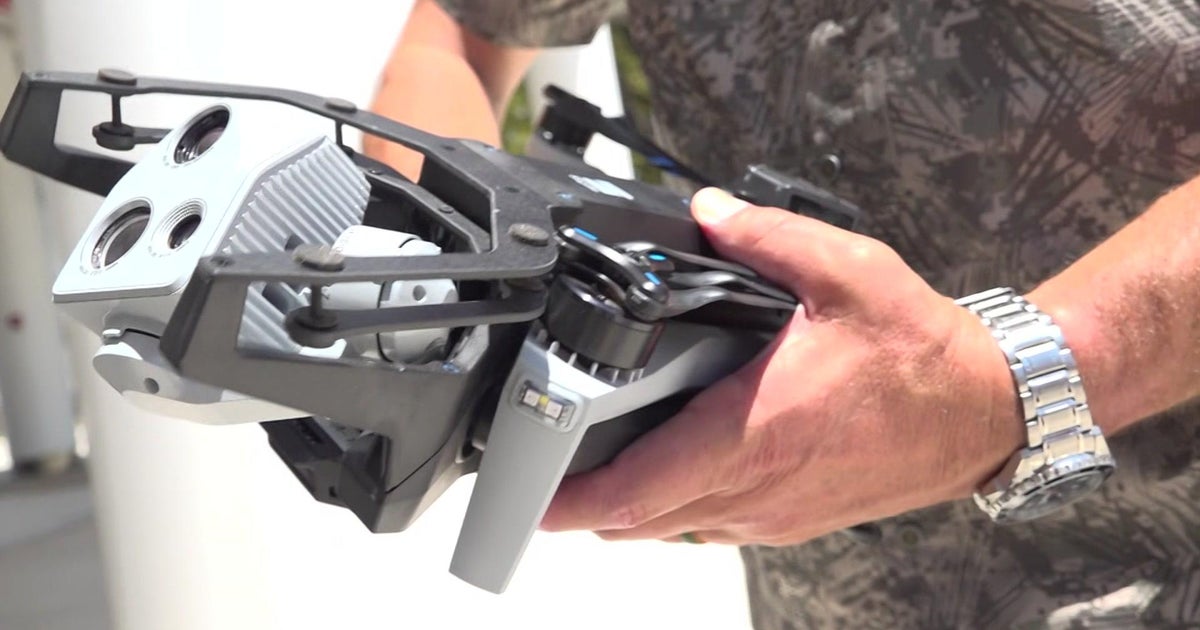TREES: Natural Safety Net
Victoria Galan
The one thing you most definitely noticed the day after Irma swept through town was the destruction of the trees. Broken, battered and downed trees were everywhere blocking streets and access points. The county's beautiful tree-lined streets were practically unrecognizable, with trees piled so high that you could hardly see your neighbors' home. For those who may have suffered roof or car damage because of a downed tree, or for those who bore the burden of cutting and clearing trees, it's only natural to feel frustrated and aggravated at these leafy green creatures.
But as hard as it may be to believe, having those trees when Hurricane Irma came rushing through was a good thing. "Imagine the beating trees took during the storm. Now imagine if they weren't there, the kind of damage we would have suffered," says Gaby Lopez, the Community Image Manager for Neat Streets Miami/Million Trees Miami, a division of Miami-Dade Parks. If the trees weren't there to absorb some of the power of the storm, it's likely that the wind and rain would have done even more damage. And that's not the only way trees step in to help out: "Even in Houston, with all the damage Hurricane Harvey did, trees played an important role in absorbing and diverting water," says Lopez.
Beyond Being Bodyguards
Of course, trees don't just help mitigate the effects of storms. When the cone tracks are in our favor, trees are still contributing in ways we may not notice. They help keep a community cooler and, in some cases, can even lower air conditioning bills. Trees also clean the air and sequester carbon dioxide. In addition to those environmental benefits, they provide a sense of calm and comfort. "The intangible benefits of trees are integral to us as humans – we connect to trees," says Henry Mayer, Commercial Urban Horticulture Agent with the University of Florida IFAS Extension Office. "I cannot envision a park without trees. Through parks, trees provide us with a habitat to connect to the environment. If we lose trees, we lose that powerful and important connection."
Recovery and Restoration
Parks is well aware of the value of trees and their impact on the environment. Right after Irma, Parks' Right of Way and Natural Areas Management (NAM) crews cleared 20 miles of roadways and right-of-ways.
While this immediate work is part of what NAM does, its focus is actually broader in scope: since 1981 NAM has been working to preserve and protect Miami-Dade's natural landscape, which includes the pine rockland, hardwood hammock, mangrove forest and salt marshes.
"NAM works at restoring and maintaining the natural habitats and environmentally endangered lands in this region," NAM Manager Joe Maguire explains. "Our team of biologists preserve and inspect more than 100 natural areas and following something like a hurricane, they assess damage and develop a plan of action for recovery. While homeowners attend to their properties, we are protecting these areas from invasive species like vines," says Maguire.
Caring for Canopy
The challenge here is preserving the tree canopy so that vines don't overgrow and create problems. Tree canopy consists of the layer of leaves, branches and stems of trees that cover the ground when viewed from above. A larger tree canopy not only benefits the environment, it may also help with quality of life and health issues, according to a report from the University of Florida and Florida International University on Miami-Dade tree canopies that was coordinated by Neat Streets Miami/Million Trees. "A priority for Neat Streets Miami/Million Trees Miami is for Miami-Dade to reach a 30% tree canopy," says Lopez. "Before the storm we were only at 20%. What makes matters worse is that what has been lost took more than 40 years to mature. In many of these cases, the trees were here longer than the homeowner — we have 10 to 20 years of restoration ahead of us," she explains.
Doing Your Part to Protect Trees
While Parks staff is working hard to clean up and reach its tree canopy goal, you can also do your part to preserve trees on your property to mitigate storm damage whenever possible.
Start off by picking a solid species to plant, such as a "Florida Fancy" or "Florida #1." These types have a single trunk and need little additional training to form a structurally sound tree.
Also, factor in the space you have available so you pick the right-sized tree. This applies to both its trunk/branches and also its roots system, which can extend to 3 to 5 times the diameter of the canopy. Lastly make sure the soil volume is right: insufficient soil volume increases the risk of trees toppling.
Of course, what truly makes the difference with trees — especially before storms — is putting in the regular work to care for them. "The number one lesson for trees is maintenance; there is no such thing as a maintenance-free tree," explains Mayer. "Trees are very susceptible to hurricanes and tropical storms. There are best management practices that homeowners can implement to reduce potential damage to trees if a hurricane is a category 1-3 or is reduced to a tropical storm." However, Mayer cautions "if a hurricane is categorized as a 4 or 5, there is not much we can do to prepare trees for the event."
Special Thanks
Cleaning up after Irma was a big job, and here at Parks we've been grateful for the help, so we wanted to extend a great big thank you to Smoothie King employees who lent their hearts and hands by helping clean debris at Kendale Lakes Park.
Restoring Trees After a Hurricane
Here are some quick tips to help restore trees.
- Get help with removing potential hazards
- Stand up and stake small fallen trees – provide irrigation as needed
- Clean tree canopies
- Allow for recovery
Top Three Benefits of Trees
- Community Life: Trees can add up to 15% to the value of your home by making neighborhoods more attractive, quieter and cooler.
- Clean Water and Air: Miami-Dade's trees remove 5,425 tons of carbon from the air each year, improving air quality. Trees also reduce storm water runoff by making soil more absorbent.
- Savings:Trees provide essential shade and if placed properly, they can reduce home cooling costs by 15-30%.
Proper Pruning When Prepping for a Hurricane
- Never cut a branch flush with the trunk (also called a flush cut). This encourages decay and damages the tree.
- Avoid lion tailing/over lifting, which consists of removing side branches from a large branch, leaving only those at the distant end, resulting in limbs resembling a lion's tail. This can also damage a tree significantly.
- Never hat-rack/top a tree! It is illegal and potentially dangerous.
- Avoid root pruning and digging around tree roots, since this makes the tree more likely to fall during a storm.
- When pruning, use removal cuts (prune a branch back to the trunk or parent branch) or reduction cuts (shortens the length of a stem by pruning back to a smaller limb).
- Don't remove more than 25% of the canopy in a single pruning event.
- Palms don't need hurricane pruning. Palms are adapted to wind storms. Removing fronds is of no benefit and is detrimental to the palm.
For more information, contact the University of Florida IFAS Extension Office at 305-248-3311.
More Articles From Miami-Dade Parks
Above content provided by Parks-Foundation of Miami-Dade and Miami-Dade Parks & Recreation



